Remember that all primers should receive light sanding before painting in general (usually about 220 grit sandpaper).
All these cases below apply whether the primer is for new or old surfaces (with bare wood/wall/stone etc.).
A few other basic tips at the very bottom.
Click on your situation in the table below and you’ll jump to what you need: All the products here are top quality and zero (or low) VOC as much as possible.
Why primer? short answer,
- adhesion
- stain-blocking
- more even looking topcoat
Interiors
Just changing the wall color
Just paint. If your wall is dark and you are going light, just use any light paint as your first coat. Primers are for creating a paintable surface and you have that already. Generally, the same color paint can do with one coat. A slight change in color needs two.
Radical change in color
But for very dark to light, do at least 2 coats of paint, and if you need 3, start with a less expensive paint, a.k.a. primer. How to know if you need 3?
Do a test. Use a roller, (not a brush) and build up 2 coats of your topcoat paint in some test spots and 3 in others. Look closely at both with a bright light for coverage. Use a fan to speed drying. Three looks better? Do a first coat with some leftover light paint or drywall primer (the least expensive type of primer).
The ‘one coat paint’ you see advertised is not enough.
Repainting means you have holes to fill right? Spackle and hit with the primer you find under “Drywall” below.
Scuff marks, basic dirt
Here you can use old paint, no special primer needed. For dust and so on, wipe the walls, hit the scuff marks with paint (maybe twice if dark) and paint.
Moisture and moldy areas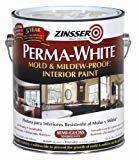
I have a post just on this: primer and paints for mold-prone areas. Short answer: Zinsser Perma-White.
High moisture areas like basements are always a problem and no paint or primer for mold is the only answer. If you have a really serious problem, and mold can be deadly, especially for old folks like me, call a pro and pay the piper. Ask about epoxy primers: they stop all moisture like no other paint.
Dark areas and stagnant air make it even worse. Do your homework and don’t trust people selling products or services. The EPA is a good place to start.
Cleaning without bleach is important no matter what so-called pros say. Bleach does not kill it all and what grows back is even stronger. I use Siamons Mold Control to clean before priming.
Latex over old oil paint
Ever find paint you can easily scratch off with your finger? The painter did it wrong.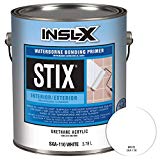
How to know if you the old paint is oil or latex? Here is how. Easy.
Key point here is surface prep and a good bonding primer.
Latex over oil is hard to do but possible. You MUST create a surface with ‘bite’ that the latex can grab onto.
This is explained in a separate post.
Don’t use water-based primer on bare wood no matter what Mr. Villa says. He’s wrong again. Water in the primer/paint riasise the grain of the wood (soft absorbs more than hard grain) and you have a big mess on your hand.
Oil over old latex paint
No problem. You are the lucky one.
How do you know if the old paint is oil or latex? Here is how. Easy.
Just a quick sanding, or not, then wipe with a damp cloth, or not, let dry and have at it.
Glossy: tile, plastic etc
Don’t paint it. It’s a mistake.
Ok, if you insist, use STIX after you clean it very, very well. I’d make my last cleaning with rubbing alcohol.
Bottom line is that if it’s something you walk on, don’t paint it unless it’s meant to be painted.
Drywall and patches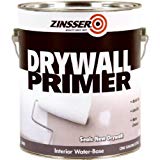
The easiest on this list.
Old paint will not do as a primer. Why? If you don’t use drywall primer, you’ll see the joint compound/spackle spots through your topcoat paint, a splotch look.
Plus, it’s inexpensive and quick to roll and brush…or spray.
The solution to those minor imperfections is a “high-build” drywall primer that fills the little holes left in drywall. If you don’t have them, go with the basic drywall primer.
Paint and primer in one? Meh. I don’t use them but yes they have gotten better in the last 10 years. Still, drywall primer is so fast to apply… and not expensive.
Drywall primer has its own post here.
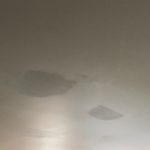
Paint an primer in one has its own post. (I’m not a big fan, but sometimes it’s ok).
Chalking
You know this when you rub your hand on paint and your hand rubs off some color. Use the prime I mention under “Stains” below. The paint is falling apart chemically. Sand if necessary, but definitely wash it, then use an oil-based primer. You don’t necessarily need something that says “stain-blocking” but most oil-based primers claim this. You need bonding. Also, my favorite STIX from Benjamin Moore would work in most chalking cases (though it’s water-based).
Wood and MDF/Plywood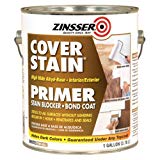
Most types of wood have tannins, especially where the branches were (wood knots). You have to seal this or it will bleed through the topcoats of paint. Here use an oil-based primer that promises stain-blocking ability.
Wood comes pre-primed? Nah. Forget that. In most cases the primer they use rubs off with your finger: it’s a very low-quality primer and should be re-primed. I never buy this anymore. Get unprimed wood (costs less) and use a good primer.
Remember to lightly sand and dust well first and then before your topcoat.
Read about stains in wood below: I put tips there.
Color-stained wood (like interior trim)
This has its own post. It’s doable, but not easy. Real estate people tell you to change wood to white. Not me. I prefer wood!
Stains (wood knots, water stains, ink, smoke crayon, grease)
There are two primers types: (1) moderate and (2) for heavy staining. Oil-based primer, and for very tough situations, shellac-based primer.
I have a post just on the right primer and there is only ONE RIGHT primer here.
Moderate stains
You need a stain blocker, sometimes called a ‘sealer’. The key to look for is the term “stain-blocking” primer, sometimes “sealer”. Get the best you can afford: budget primers will allow stains to slowly bleed through your topcoat and in a year you’ll have the stains again.
Generally, you can find good water-based primers that will block moderate stains, but if you are wrong you have the stain bleed through in time. We generally use oil- or shellac-based to be sure.
For quick spots, I keep an old brush IN THE CAN, yes, it’s disgusting, but it does not need cleaning and is there in a flash. Pro-tip.
Drys slow and is more toxic (VOCs). Wear a respirator and ventilate. Mineral spirits or paint thinner to clean up. Let these wet rags/tools dry outside. Chance of spontaneous combustion for rags in a heap.
We rarely clean an oil brush, primer, or paint. For some extra life, you can wrap tools in plastic and store in the freezer. It sort of works.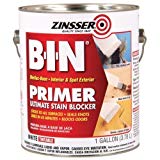
Heavy stains
Use a shellac-based primer. Still the best. It dries very fast and can dry a bit bumpy but you will sand it anyway, right? RIGHT? If in doubt about whether or not your stain will bleed through the above oil-based primer, go with white pigmented shellac, a.k.a., shellac-based primer. (Here also I leave a disposable brush in the can: just cut off the handle if small can).
A full post on all stain-blocking primers.
Masonry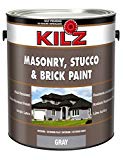
Don’t use oil-based paints on masonry. Always use only masonry primers. Make sure your surface is clean and dry.
Block filler can make the stone look smoother too.
Metal and rust
Just look for any oil-based primer that makes the claim that it’s good for your metal. If you go with a top brand, that will be an honest claim. Generally, any ‘alkyd’ is ok for metals, and alkyd almost always means oil-based. Let’s not get technical. Just check the label.
I like to use ‘rust converter’ now before I paint. It chemically changes rust to not-rust. Still, alkyd is what you really need.
Neil was right about rust. Hey hey, mama.
Smoke damage
Smoke damage has its own post.
Exterior primers
I guess there are times you don’t need a primer such as painting exactly the same color. If you wash the surface well, sure, just paint.
The oil-based exterior primer I use is shown at the right and found here.
The latex exterior primer we sometimes use is from Kilz.
But for bonding purposes, and for stain blocking, why risk a bad paint job when the primer coat is easy to apply and not that expensive. We usually lay down a primer for exterior jobs because we care! And if we get called in 5 years that the paint is falling off… you know.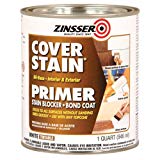
At least spot-prime bare wood with a quality exterior primer. (Or interior/exterior).
It also extends the life of outdoor paint jobs.
Woods that have high resins need a good exterior stain-blocking primer.
How many coats of primer? One usually. But read the full post.
Tip for all cases
- If you buy dollar-store level roller covers and brushes you will have lint/bristles fall off into your paint and onto your work. Here’s the list of my tools and where to get them. A good Purdy brush will last a homeowner a lifetime: one lasts me for months of daily use. I use wool/poly 50/50 blend roller covers by Wooster or Purdy.
- Also, you can ask a paint store to tint a primer. They know how far they can go with this before harming the properties of the primer. But if you can tint a white primer gray, you’ll have an easier time covering it with a dark color.
- FINAL tip on the notorious reds: ALWAYS use a gray-tinted primer (as dark as the paint store will go). That goes for red’s nasty cousin yellow too, but that primer can be lighter gray.
Did I leave out anything? I think I got everything I’ve ever done as a painter. But if I missed one, write me below. I’ll see your message almost right away.
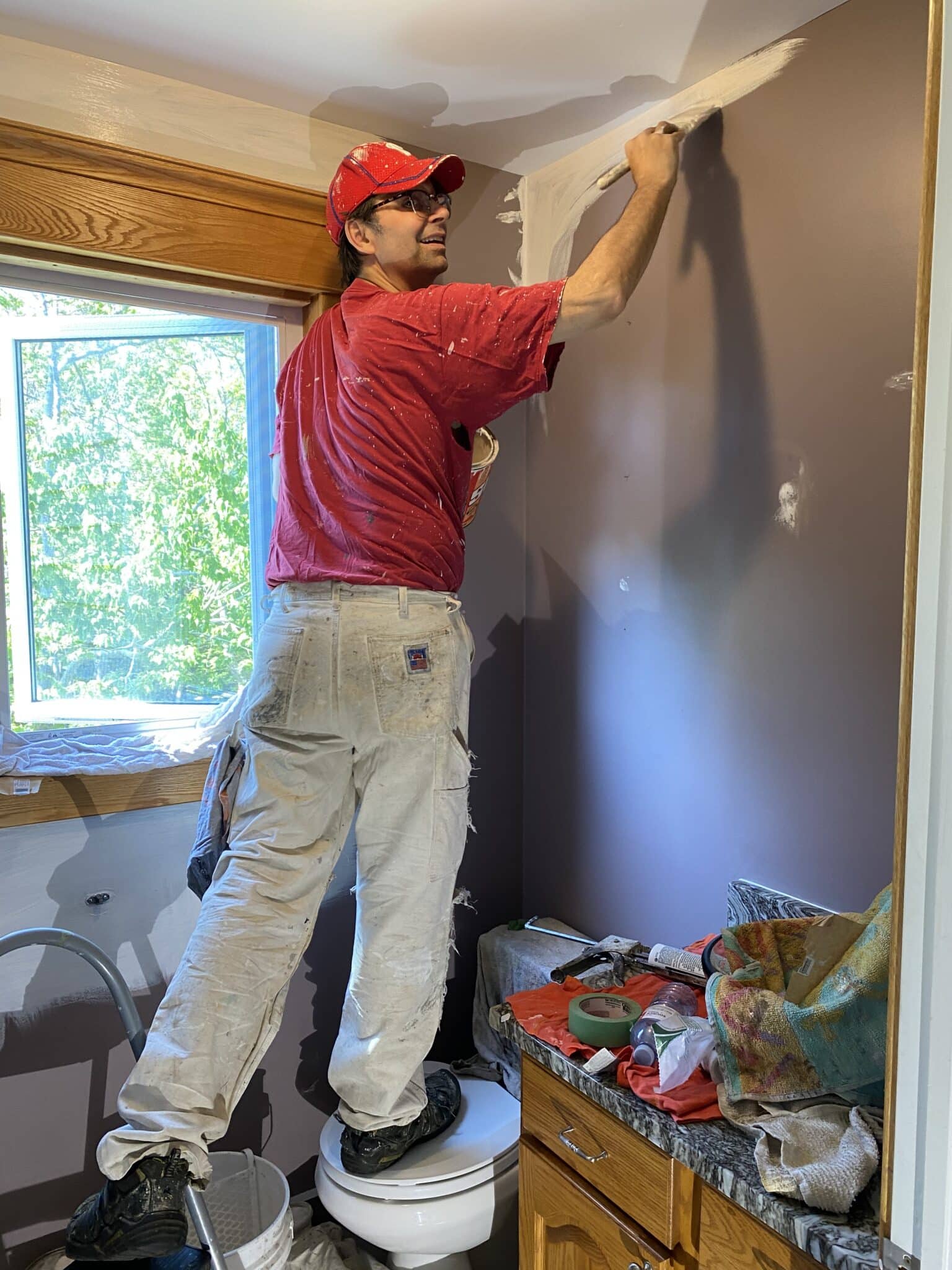
I’ve got a new house with some v pretty dark purple and blue and green semigloss walls with a fairly heavy orange peel, with some medium blue semigloss ceilings. Other walls are light gray with a very light orange peel. There are both light gray walls, dark color walls and color ceilings in the same rooms. My plan was to use Krud Kutter Gloss Off on the semigloss walls and ceilings, then prime everything to get an even base. Then paint ceilings then walls then trim. Should I just use a basic drywall primer? (Almost every wall has drywall patches and spackle on them)
I did not get why you think Krud gloss off was needed. If you prime, you won’t need to de-gloss that is unless it’s oil. See my site on how to test oil or latex: key point in this reply.
But then yes, if you have no stains, probably drywall primer is enough to get you an nice base. Then 2 coats paint and you’re laughing…after you clean up ha ha.
brad